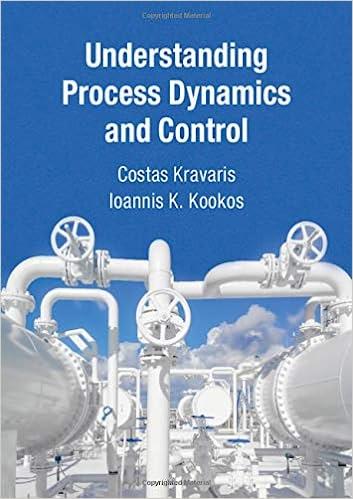

 I need help with highlighted part of the section. I'm confused on how to solve this part of the problem. How did they get 1.57 and 1.26? I don't know what numbers they used to get the fraction of 0.27, I also don't know how they got 0.33 for y fraction. Please show me the work on how to do this please.
I need help with highlighted part of the section. I'm confused on how to solve this part of the problem. How did they get 1.57 and 1.26? I don't know what numbers they used to get the fraction of 0.27, I also don't know how they got 0.33 for y fraction. Please show me the work on how to do this please.
Problem 1. ( 20 points) Acetone is absorbed from its mixture with air in a plane column by a nonvolatile absorption oil. The entering gas contains 30 mole percent acetone, and the entering oil is acetone-free. Of the acetone in the air 97 percent is to be absorbed, and the concentrated liquor at the bottom of the tower is to contain 10 mole percent acetone. The equilibrium relationship is ye=1.9xe. Plot the operating line and determine the number of ideal stages. Use graph paper to plot equilibrium and operating line and no of stages. Solution. Choose 100mol of entering gas as a basis, and set this equal to Vb. The acetone entering is then 0.3100=30mol; the air entering is 10030=70mol. With 97 percent absorbed, the acetone leaving is 0.0330=0.9mol and ya=0.9/70.9= 0.0127; the acetone absorbed is 300.9=29.1mol. With 10 percent acetone in the leaving solution and no acetone in the entering oil, 0.1Lb=29.1, and Lb=291 mol. Then La=29129.1=261.9mol. To find an intermediate point on the operating line, make an acetone balance around the top part of the tower, assuming a particular value of yV, the moles of acetone left in the gas. For 10mol left in the gas, y=10+7010=0.125 The moles of acetone lost by the gas in this section, 100.9, or 9.1, must equal thr moles gained by the liquid. Hence where y=0.125, x=261.9+9.19.1=0.0336 Similar calculations for yV=20 give y=20/90=0.222 and x=19.1/(261.9+19.1)= 0.068 The operating line is plotted in Fig. 20.6. Although it appears only slightly curris. the slope at the top is 1.57 times the slope at the bottom. The local slope is not equal the local L/V ratio, since when y is large the change in y is not proportional to the amount transferred because of the change in the total flow. The L/V ratio changes by 3 factor of only 1.26 from bottom to top. With rich gas a correct design cannot be obtained using an average slope or an average L/V and the absorption factor method presented in the next section. The number of ideal stages is 4 and a fraction. Based on the required change in x relative to the change that would be made in a full step, the fraction is l1/l2. or 0.27. A similar construction based on changes in y gives the fraction 0.33; the values differ because the operating and equilibrium lines are not parallel. The answer would be given as 4.3 stages. FIGURE 20.6 Diagram for Example 20.1


 I need help with highlighted part of the section. I'm confused on how to solve this part of the problem. How did they get 1.57 and 1.26? I don't know what numbers they used to get the fraction of 0.27, I also don't know how they got 0.33 for y fraction. Please show me the work on how to do this please.
I need help with highlighted part of the section. I'm confused on how to solve this part of the problem. How did they get 1.57 and 1.26? I don't know what numbers they used to get the fraction of 0.27, I also don't know how they got 0.33 for y fraction. Please show me the work on how to do this please.





